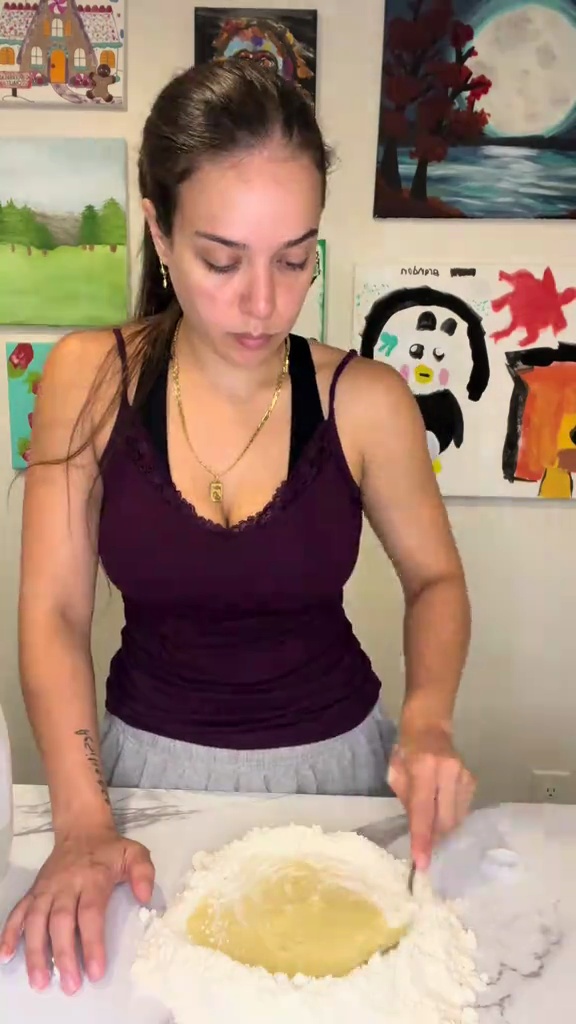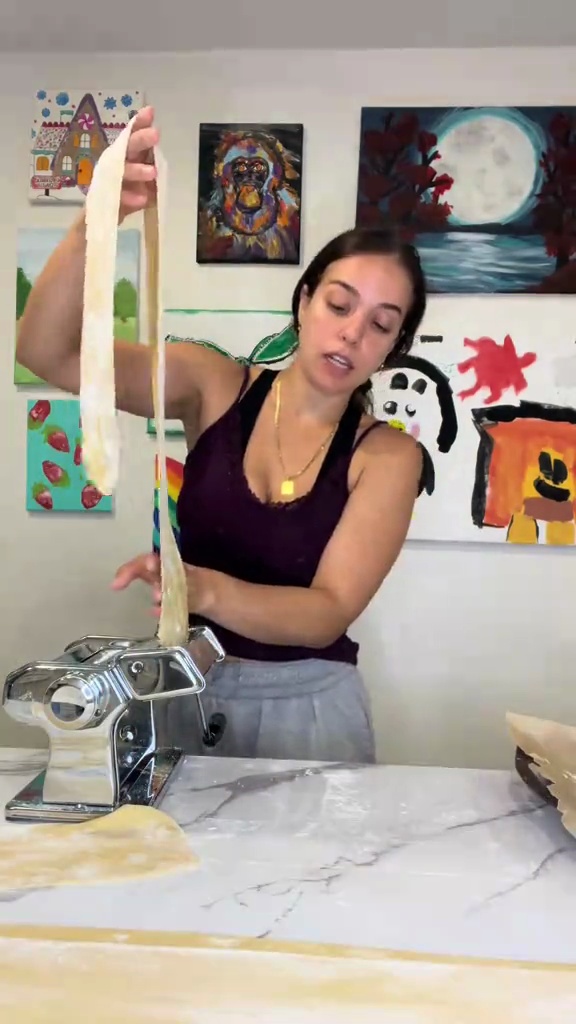Back to Italian Recipes
Author:
rosabrinas_cucina
TikTok
1K
20
Homemade Fresh Pasta: Easy Therapeutic Dough & Delicious Noodles
Experience the therapeutic joy of making fresh homemade pasta from scratch with this easy-to-follow recipe. Learn how to combine simple ingredients like flour and eggs to create a supple dough, knead it to perfection, and transform it into beautiful, delicious noodles that are far superior to store-bought varieties. Perfect for a mindful cooking session or a delightful meal.
#Homemade Pasta
#Fresh Pasta
#Pasta Recipe
#Italian Food
#Dough Recipe
#Easy Recipe
#Cooking Therapy
#Noodles
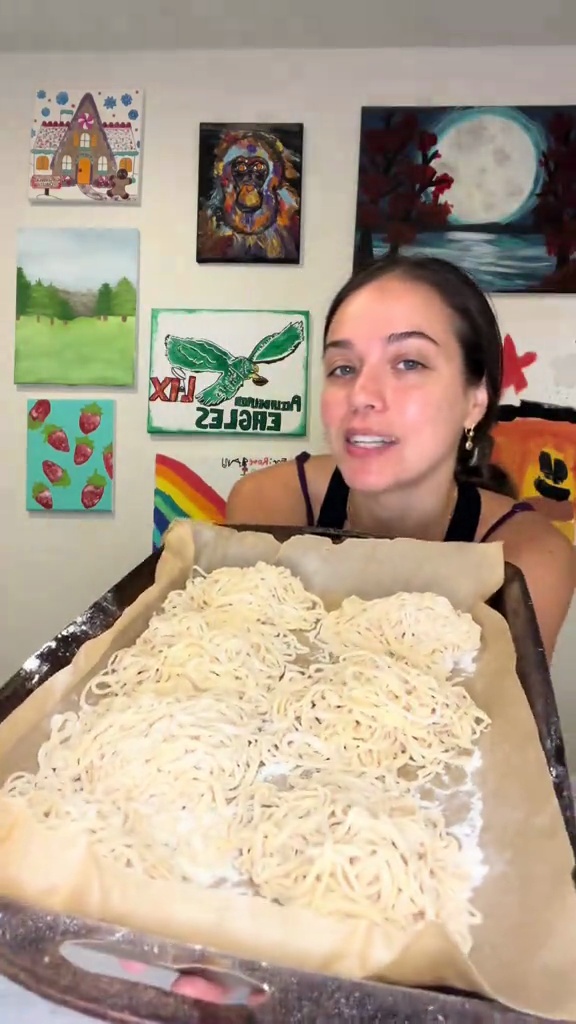
Perfectly Kneaded Pasta Dough
Recipe Information
25m
Prep Time
3m
Cook Time
58m
Total Time
4
Servings
Medium
Italian
English
Nutrition (per serving)
250
Calories
9g
Protein
45g
Carbs
3g
Fat
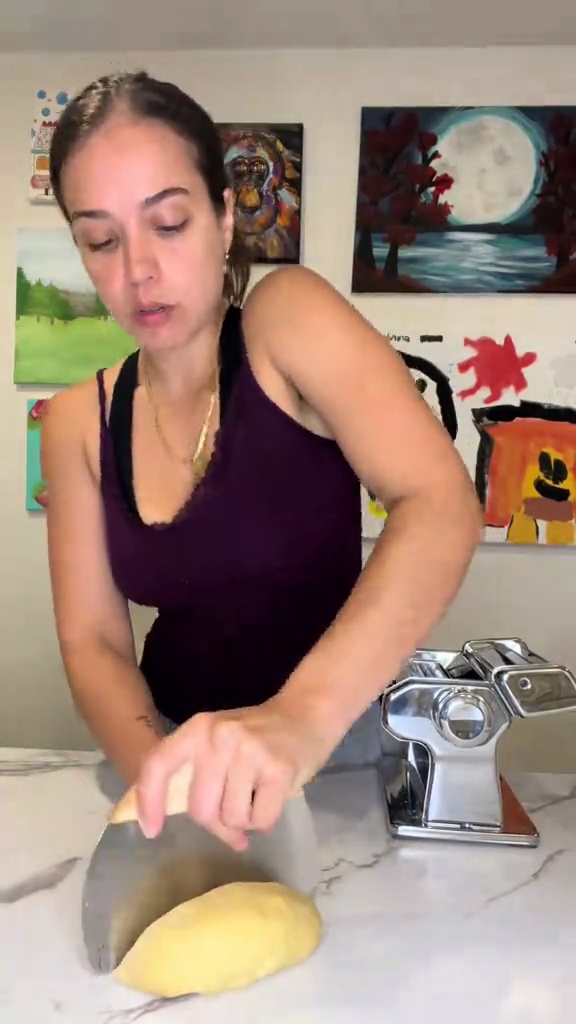
Thinly Rolled Pasta Sheets
Ingredients
advertisement
Servings: 4
💡 Tip: Check off ingredients as you add them to keep track of your progress!
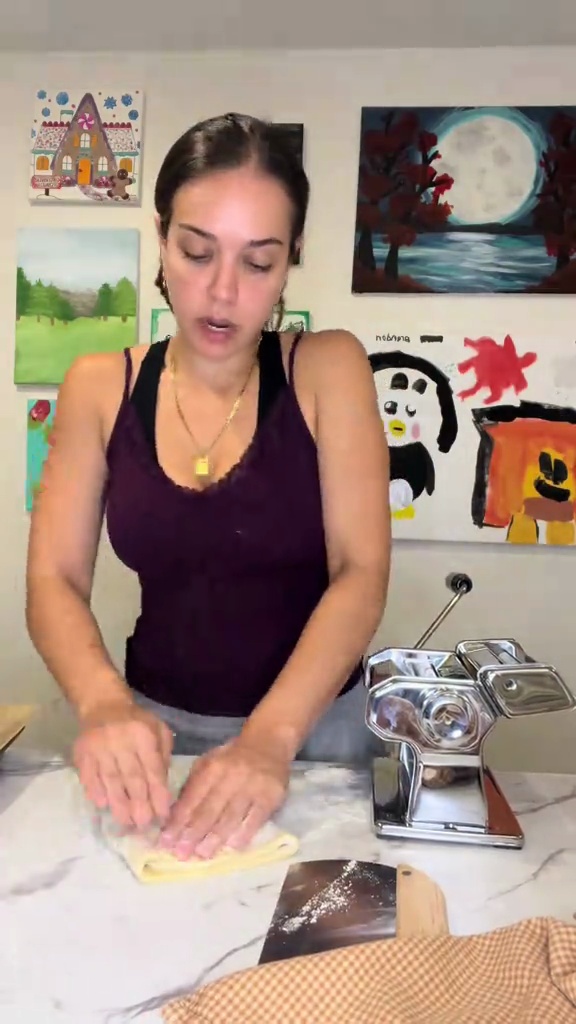
Freshly Cut Tagliatelle
Instructions
0/7 completed
0%
advertisement
advertisement
💡 Tip: Click on any step to mark it as completed and track your cooking progress!




